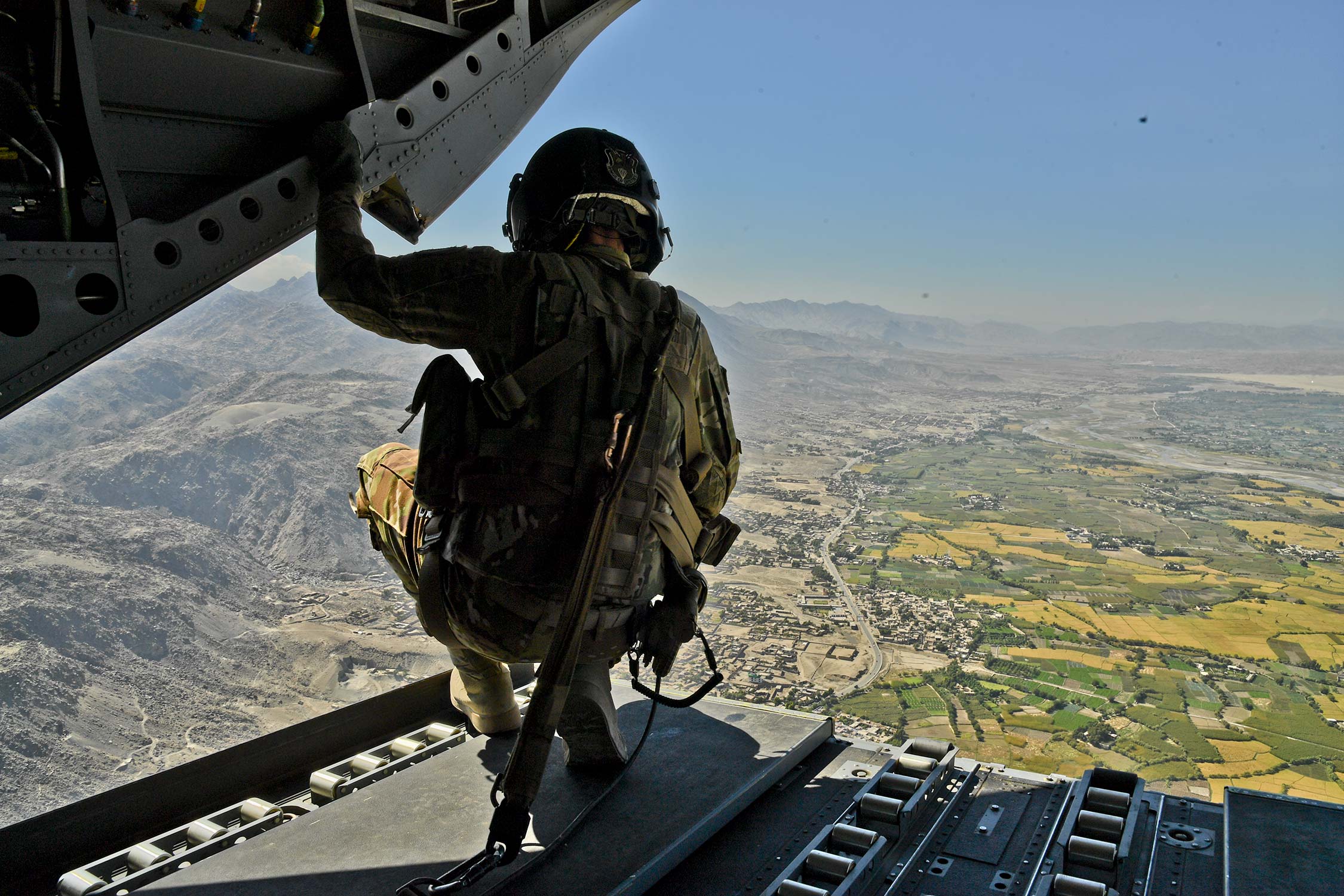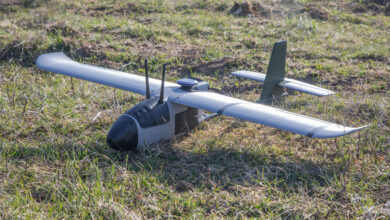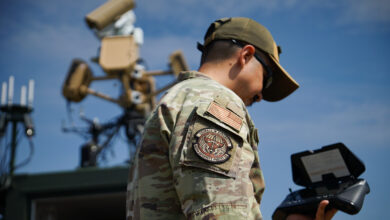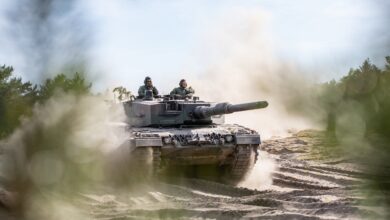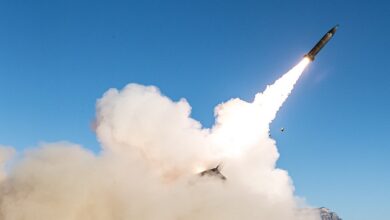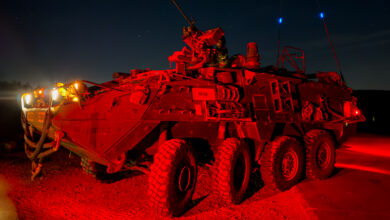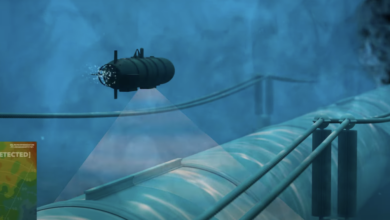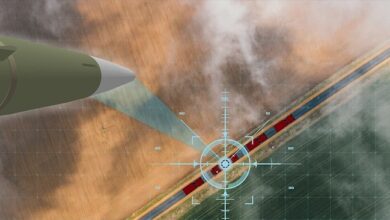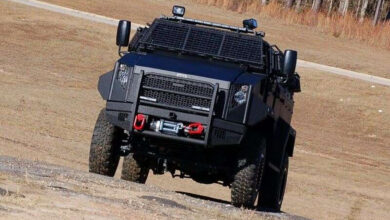Leidos has signed a $13.7-million contract to provide aviation training for the US Army National Guard.
The agreement covers institutional sessions for both officers and enlisted personnel. It encompasses classroom instruction, hands-on practice, and flight simulation, as well as information technology support.
Throughout the effort, the company will integrate the One Army School System, which streamlines doctrines and preparation for Active, National Guard, and Reserve soldiers.
Leidos will also deliver sustainment services for the initiative’s corresponding aviation life support equipment.
The project has a one-year base period and will cover operations support in addition to the courses.
“We’re pleased to work with the Army National Guard to support aviation training and operations,” Leidos SVP and Airborne Systems Lead Tim Freeman said.
“The National Guard is one of the nation’s oldest institutions, always prepared to protect and defend our country. We look forward to leveraging our aviation experience and expertise to further enhance the National Guard’s readiness advantage.”
Bolstering Large-Scale Combat Ops
According to the US Army, the contract supports the agency’s strategies to improve warfighter capabilities for Large Scale Combat Operations.
“Army National Guard Aviation is excited about this new opportunity to join our highly professional Aviation training force with the experience and professionalism that Leidos brings to the fight,” Aviation and Safety Division Chief Col. A.C. Schilleci stated.
“As we begin to shape and transition our training programs…in the multi-domain operational environment, we believe Leidos maintains the capabilities to meet our specific requirements.”

Training ISR Pilots
Leidos signed a separate contract last year to upskill the US Army’s next-generation spy pilots under the US Department of Defense’s broader High Accuracy Detection, Exploitation System (HADES) program.
HADES aims to employ a modern fixed-wing aircraft with intelligence, surveillance, and reconnaissance capabilities to fill gaps in deep-sensing operations across austere environments.

